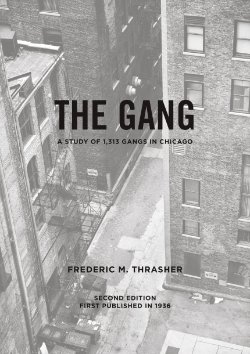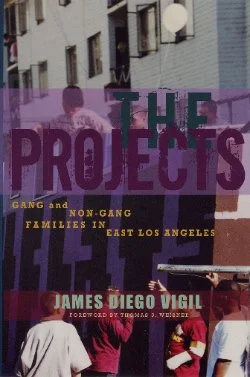By the National Center for Juvenile Justice
The National Center for Juvenile Justice has released "Juvenile Court Statistics 2020." This report describes delinquency and status offense cases handled between 2005 and 2020 by U.S. courts with jurisdiction over juvenile populations. National estimates are presented on 508,400 delinquency cases and 57,700 petitioned status offense cases handled in 2020. The report also tracks caseload trends from 2005 to 2020. Data include case counts and rates, juvenile demographics, and offenses charged. This report draws on data from the National Juvenile Court Data Archive, funded by the National Institute of Justice with support from OJJDP.
Pittsburgh, PA: National Center for Juvenile Justice, 2023. 114p.




















